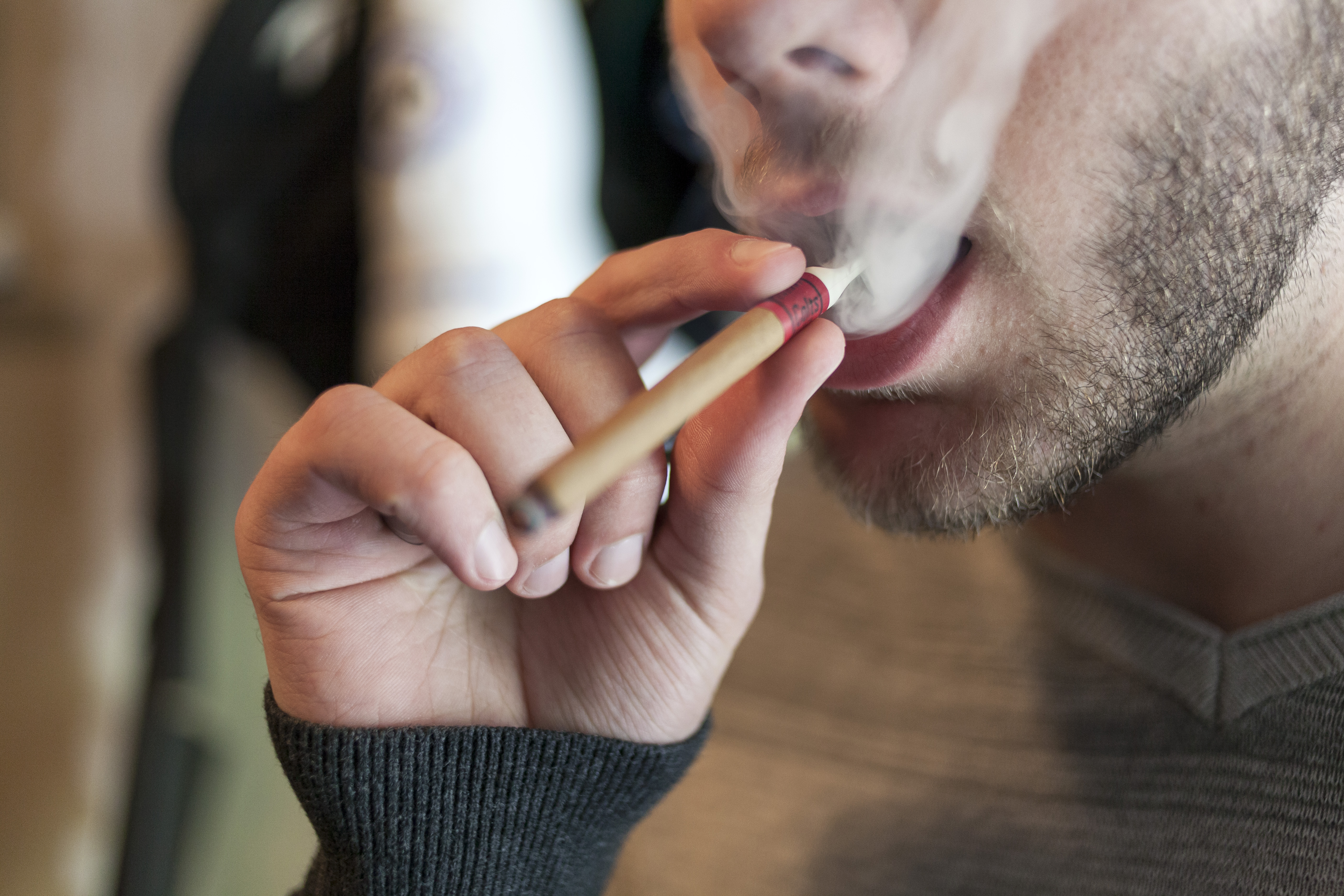Flavoured tobacco trending

Nearly as many students use flavoured tobacco as traditional cigarettes

The Canadian Cancer Society recently released a report detailing the use of flavoured tobacco amongst youth. The data, revealed from the 2012-2013 Youth Smoking Survey, showed that nearly as many Canadian students reported using flavoured tobacco within 30 days of the survey than those who reported smoking cigarettes.
“It’s the attraction of flavours, it’s the similarity of candy and it’s the masking of the true taste of tobacco. The fact is that flavours are often an entry product for youth to consume regular unflavoured tobacco,” said Joanne Di Nardo, a senior manager of public issues for the Canadian Cancer Society.
Another reason why flavoured tobacco might be so attractive to younger people could be the implications of previous smoking legislation.
Legislators have in a sense reduced access to cigarettes by requiring them to be packaged in larger quantities — about 20 or 25 in a package.
This causes the price to increase and is more of an outlay of funds, especially for younger people, so it becomes a deterrent. Whereas if a cigarillo can be purchased individually or in a smaller package, then the initial outlay of money is quite a bit lower.
Part of the issue with flavoured tobacco use is that smokers may not realize the health implications from use are the same as any other tobacco product.
Even though flavoured tobacco, like certain cigarillos, can taste milder than regular smoked products, it often contains the same amount of tobacco, meaning the same amount of carcinogens.
“One would say that if you were masking the tobacco flavour with let’s say menthol, it makes it easier to breath in more deeply or to have more puffs on whatever it is you’re smoking, and so it could actually put you at greater risk. I don’t have hard evidence on that, but I can imagine that being the case,” said Steven Manske, senior scientist at the Propel Centre for Population Health Impact and a research associate professor in applied health sciences at the University of Waterloo.
Due to its mildness, flavoured tobacco is attractive to youth, but once a nicotine habit is started other products like regular cigarettes can often follow it.
“We are seeing that flavoured tobacco is a starter product. The fact that the industry has circumvented legislation and is still able to manufacture products just shows that they have clientele, and the clientele are primarily young people,” said Di Nardo.
Flavoured tobacco has been subject to intense discussion in both federal and provincial legislators. As of April 2014, there was a bill in the Ontario
Legislature that would increase regulations on flavoured tobacco, but was abandoned due to the announcement of the provincial election.
“From what we understand, the legislation will be introduced so it’s in the pipeline, and we’re talking to the government and encouraging them to have legislation as comprehensive as possible to ban flavoured tobacco products,” said Di Nardo.
Regardless of what comes of the legislation, many anti-smoking campaigns continue to address a desire to ban flavoured tobacco products as a whole, including the popular menthol cigarette.
“What we need is a ban on flavouring in all tobacco products, not just cigarettes, cigarillos and blunt wraps. Right now, menthol, which has a longer history than much other flavouring, is given an expectation. If this will be effective, then we need to ban all flavours,” said Manske.

